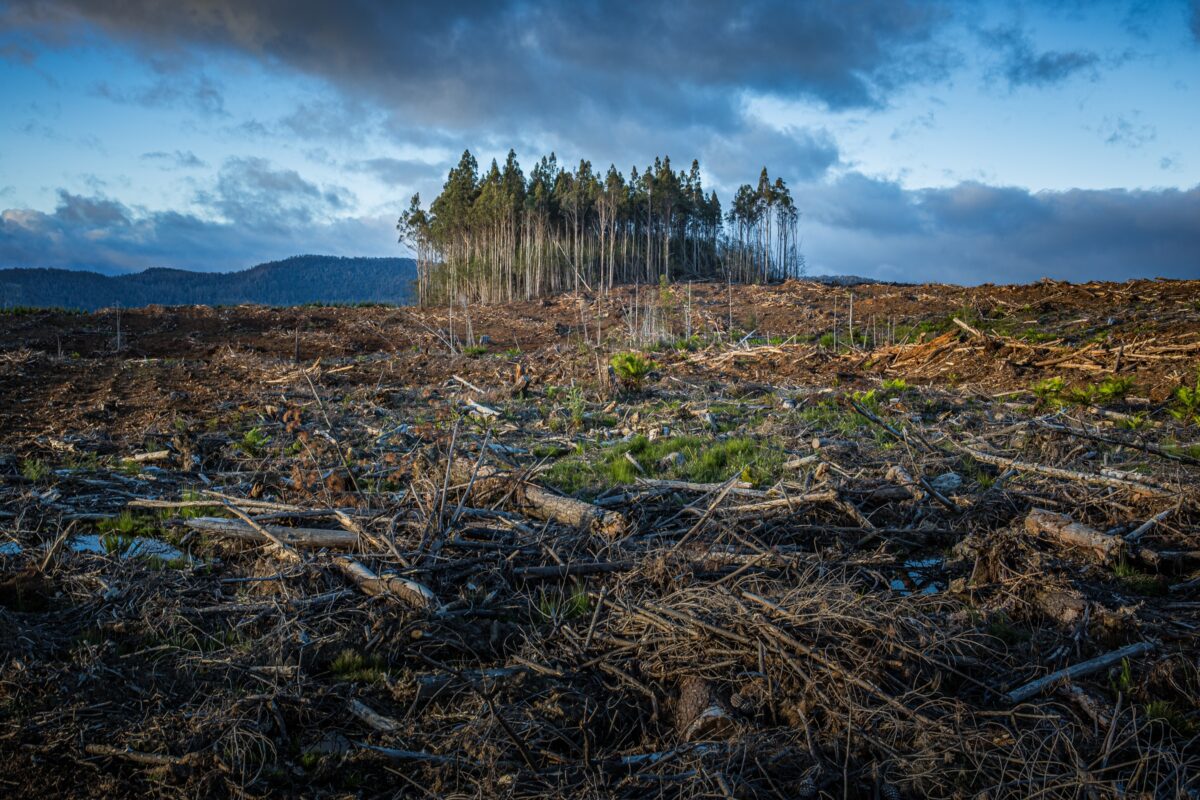For several years, rubber from old tyres has been used in road building in the United States and Bavaria. Swiss scientists are now looking into whether this type of recycling could be implemented in the country.
In Switzerland, about 70,000 tonnes of scrap tyres are produced per year, with only a small percentage being recycled. According to the Federal Laboratory for Materials Testing and Research (EMPA), the majority is used in incineration plants and, above all, cement plants, where the tyres substitute coal and thus increase CO2 balance.
Rubber-containing asphalt is a popular building material in Bavaria, Germany’s southernmost state. “Higher abrasion resistance, slower oxidation of the bitumen in the many air voids, and thus delayed embrittlement,” according to EMPA, particularly for porous surfaces. In a nutshell, “a longer service life.”
EMPA worked with asphalt suppliers, including the Vaud-based company TRS (Tyre Recycling Solutions) in western Switzerland, on a realistic study and tests.
Despite some flaws, the rubber asphalt met the requirements in the end, according to EMPA.
“It’s definitely suitable for further investigations for use in road construction,” said researcher and asphalt specialist Lily Poulikakos.
The next move is to observe how the asphalt reacts in real-world situations. Weibel SA, a Bernese company, constructed two test sections on cantonal roads in Jura and Vaud last summer to conduct “endurance tests.”
Since October, another trial has been running on a busy intersection in Zurich. According to EMPA, it will be many years until they know how well these rubber-containing asphalts withstand road traffic loads.
According to Hans-Peter Beyeler, director of the Eurobitume association in Switzerland, the industry is opposed to asphalt being used as a “rubbish chute” for recycled materials, and there is skepticism about rubber in the lane.
He saw how a test on the A1 in canton Aargau with rubber-modified bitumen added as granules went horribly wrong 15 years ago. The substance was not thoroughly dissolved in the mix, resulting in lumps in the asphalt.
They spread around the ground and needed to be drilled out and filled with mastic asphalt.




